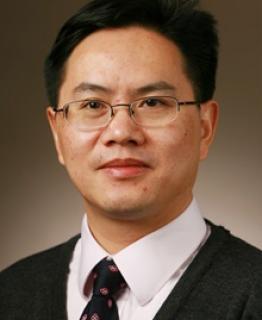
Jing Xiang, MD, PhD
Associate Professor
Dr. Jing Xiang is the Director of Magnetoencephalography (MEG) Research at Cincinnati Children’s Hospital Medical Center. He is an Associate Professor in the Departments of Pediatrics and Neurology at the University of Cincinnati. Dr. Xiang played a key role in building the world’s first pediatric MEG Laboratory at the Hospital for Sick Children, in Toronto, Canada. He also established the world’s first high frequency brain signal database (ClinicalTrials.gov Identifier: NCT00600717). He is a pioneer in clinical applications of high frequency brain signals and has published more than 120 peer-reviewed papers. Dr. Xiang received numerous awards for his outstanding contributions (e.g. Walter Berdon Award).
Talk Title:
High Frequency Brain Signal – Methodology and Application
Abstract:
High frequency brain signals (HFBS) open a new avenue for brain research in normal and abnormal conditions. Invasive recordings have been conventionally used in the study of HFBS. Recent advances in magnetoencephalography (MEG) and scalp electroencephalography (EEG) have shown promising results for noninvasive detection of HFBS. Though invasive recordings can provide convincing data, its applications are limited to accessible brain areas (low spatial sampling) in surgical patients. Modern MEG and EEG can detect HFBS from the entire brain, which open a new window for noninvasive investigation of HFBS for both basic research and clinical application. An important area investigating HFBS is the analyses of functional high gamma signals (> 70 Hz) elicited by tasks or stimuli. High gamma signals have been widely studied in the somatosensory, motor, visual, auditory and language systems. The detection of intrinsic (endogenous) HFBS in the epileptic brain represents another important field of clinical application. Indeed, oscillatory HFBS, such as high frequency oscillations (HFOs, 80-600 Hz), ripples (80-250 Hz), fast ripples (250-600 Hz), and very high frequency oscillations (VHFOs> 600 Hz), have shown promising results in epilepsy surgery. Non-oscillatory HFBS, such as high frequency spikes, have recently been identified, but its clinical usefulness remains largely unknown. This talk will discuss the state of the art methodologies and promising results of clinical applications of HFBS.

